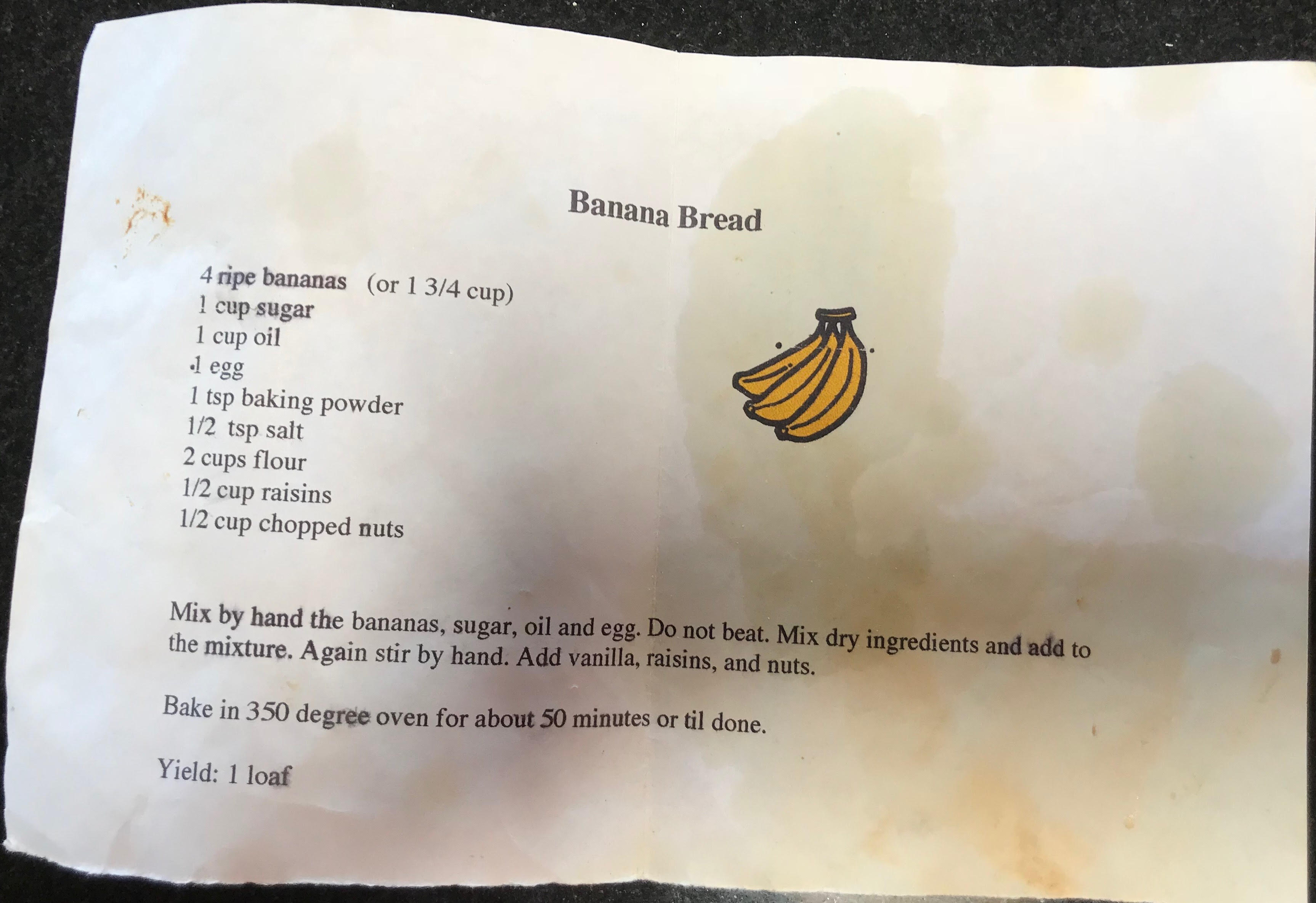- The main piece: Chinese Poem
Original Script:
白日依山尽, 黄河入海流。
欲穷千里目, 更上一层楼。
Phonetic:
Bai ri yi shan jing
Huang he ru hai liu
Yu qiong qian li mu
Geng shang yi ceng lou
- Background information about the performance from the informant: why do they know or like this piece? Where/who did they learn it from? What does it mean to them? Context of the performance?
“I learned this poem in Chinese school many, many years ago. I don’t even really know what it means. I mean, I kind of know. Um, I can translate it word for word. The sun goes up in the morning, and the Yellow River, which is actually the name of the river—something about the river flowing. And then…hmm…I’m not really sure what that last part means.
“It has something to do with thinking and observing nature. That’s what most songs and poems are about. There are a lot of songs about Mao too. And communist ideals in general, like being a good citizen, working hard, um. And like waking up in the morning and saluting.”
- Finally, your thoughts about the piece
The meaning of this poem elucidates the concepts that are considered vital and peaceful in Chinese society. It incorporates one of the two main rivers in China into a peaceful-sounding children’s poem about nature—this indoctrinates nationalistic ideas into children as early as possible, and gives the message that the most beautiful and serene place is the nation itself. The fact that most poems that are not about nature are about Mao Zedong or communist ideals shows just how much vernacular poems and children’s lessons are used to build nationalistic ideals from the very start of a person’s life.
- Informant Details
The informant is an 18-year old Chinese-American female. While she grew up in the southern California area, she spent more time with her grandparents than her parents growing up, and felt that learning their Chinese traditions and language was the main way she bonded with them, while her younger sister never had that experience because her parents were out of school by then.
For another version of this poem, see http://anakoinosis.com/readingattic/?p=305.

